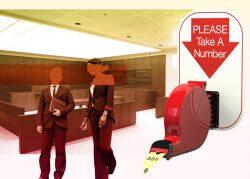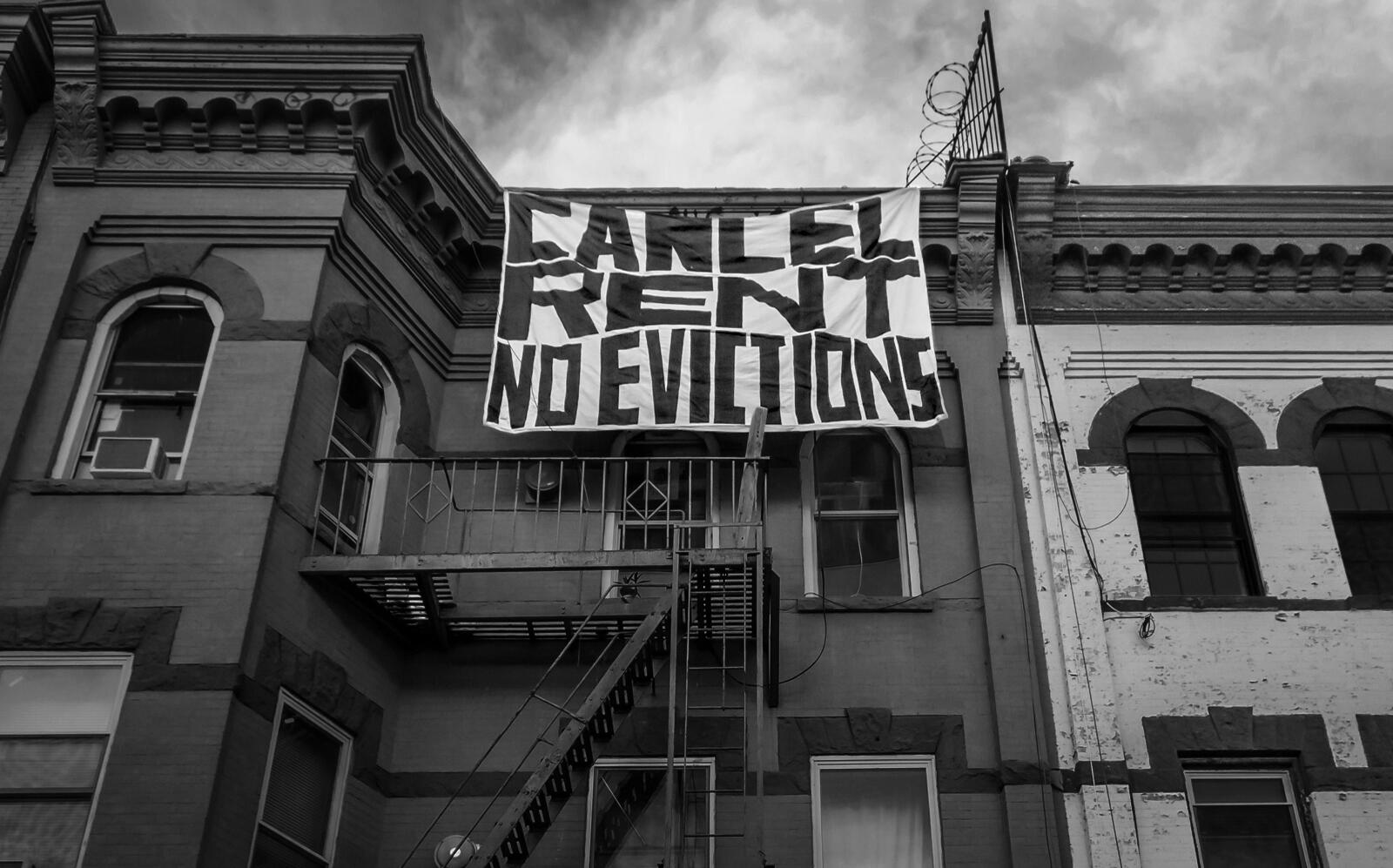Tenant advocates and lawmakers pushed for the extension of New York’s eviction ban on the grounds that the city’s most vulnerable — low-income renters with unstable sources of income — would bear the brunt of nonpayment filings once housing courts opened.
A report co-published by NYU’s Furman Center this month adds nuance to that argument by highlighting that one vulnerable group may actually be less likely to face eviction — voucher holders.
In a review of rental arrears across New York City, the analysis found that households receiving rental subsidies such as Section 8 and CityFHEPS accrued $1,205 in back rent from April though December 2020, nearly $1,000 less than the average $2,144 racked up by unsubsidized households.
Primarily, that’s because rent debt was correlated with rent due, but unsubsidized households also saw a greater increase in nonpayment rates during the pandemic. Moreover, while subsidized households accounted for 48.5 percent of the city’s total accumulated arrears at the onset of the pandemic, a year later that figure had fallen to 42.9 percent.
Both subsidized and unsubsidized tenants who fell behind accrued an average of two months’ worth of arrears; yet, because voucher-holders’ rent payments were lower, their debts were, too.
For those renters, lower debt also means less likelihood of winding up in housing court.
Landlords are less inclined to deal with the hassle of an eviction filing if the rent due is little more than attorneys’ fees, which can run into the thousands.
“To the extent that landlords are more likely to evict tenants with greater rental arrears, the lower arrears accrued for subsidized households may suggest they are at less risk of eviction,” the report’s authors said.
That being said, voucher holders do not encompass all of the city’s vulnerable populations.
Only about one-quarter of city households eligible for federal rental assistance receive subsidies, a recent report commissioned by the New York Housing Conference found. Approximately 689,000 New Yorkers are in need of subsidies but unable to receive them because of funding constraints.
And while vouchers offered insulation against eviction, they weren’t robust enough to stave off arrears entirely.
The subsidies reviewed in the study adjust according to income, so they should provide a buffer against “unforeseen economic shock,” like the pandemic, the report said.
Yet among subsidized and unsubsidized households alike, the share of renters missing a full payment skyrocketed in March 2020, evidence that vouchers did not meet the needs of renters facing hardship. Nonpayment rates for both categories of tenants declined in April, May and June — coinciding with the rollout of direct $1,200 payments as part of the CARES Act — but remain significantly higher than before the pandemic.
In August, legislation signed by Mayor Bill de Blasio bumped the value of city rental assistance vouchers to Section 8 levels; a bill that would do the same for the State program passed both houses of the State Legislature in June, but has yet to reach the governor’s desk.
Read more


